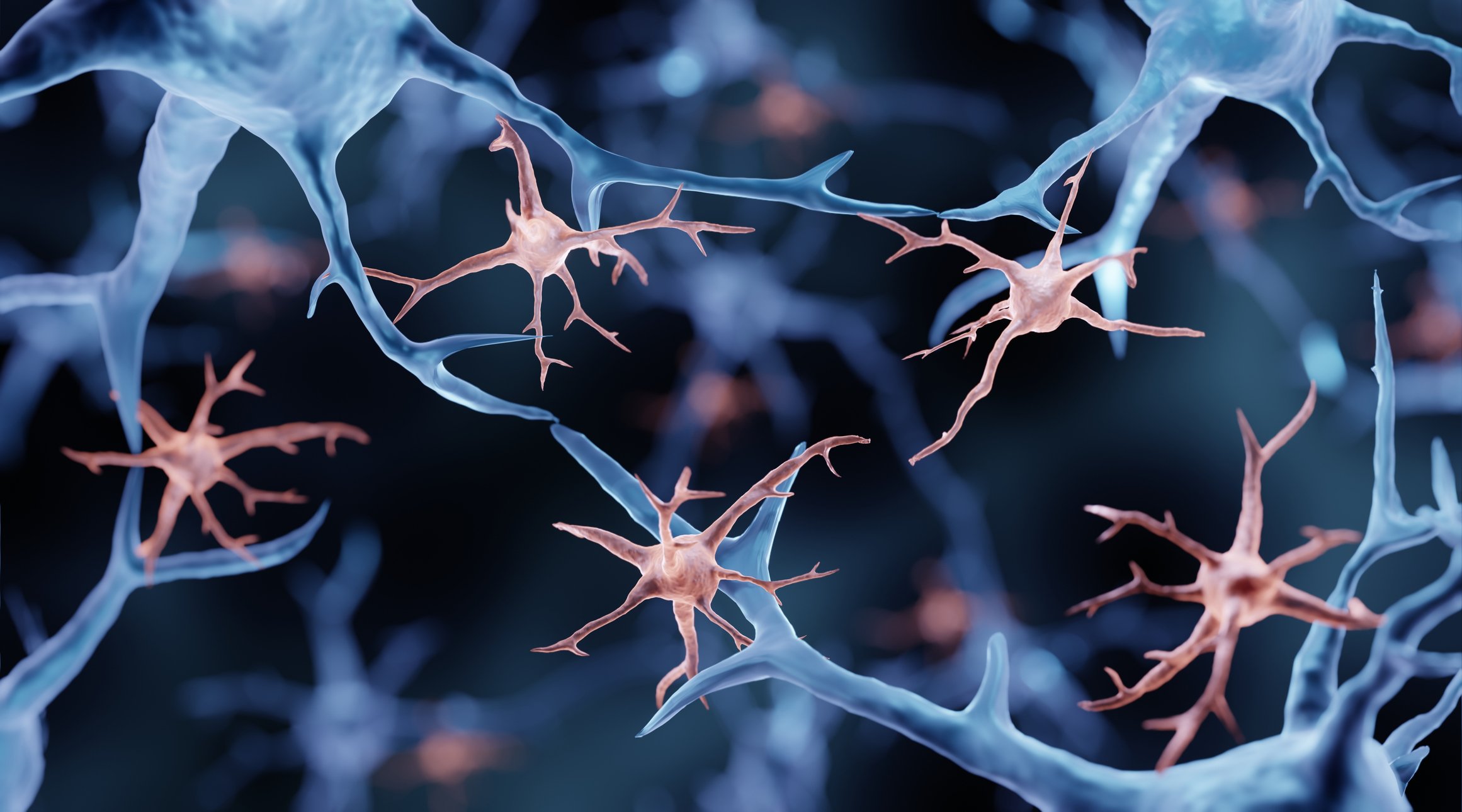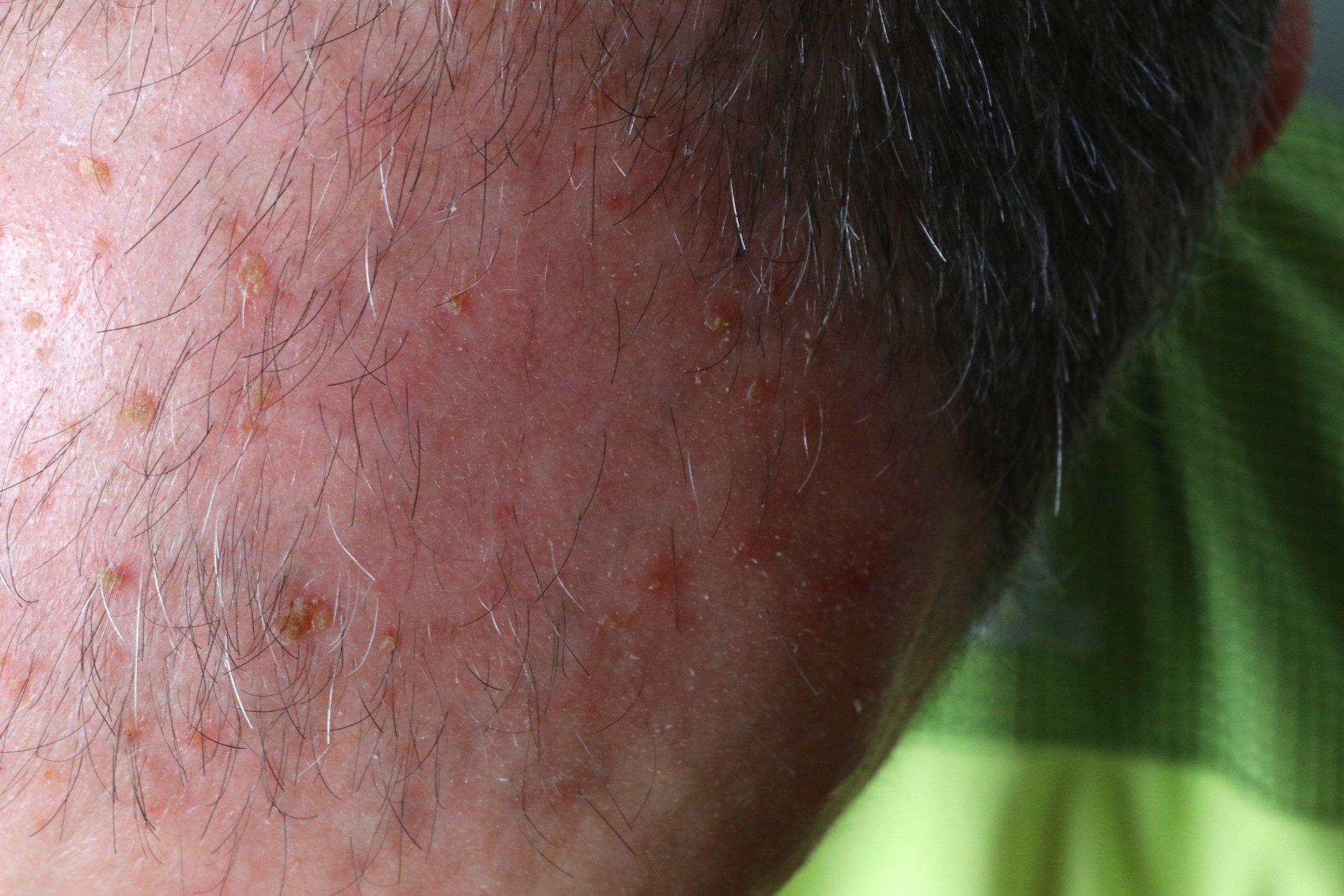Radiotherapy with protons can replace photon radiotherapy in tumor treatment concepts. Due to the finite range of the proton beam, unnecessary radiation exposure to surrounding organs can be avoided. Children in particular benefit from proton therapy by reducing the risk of second cancers, growth disorders, and neurocognitive deficits. Proton therapy allows the application of a higher radiation dose (dose escalation) in adults with CNS, skull base and eye tumors compared to conventional photon irradiation. In Switzerland, proton therapy is a mandatory benefit of compulsory health insurance for the tumor types described here.
Proton therapy exploits the physical advantage that protons, unlike photons, have a finite range and emit no radiation behind a circumscribed target volume and less radiation on the way to the target volume (Fig. 1A). Therefore, surrounding tissue can be better spared with proton therapy (integral dose).
The spot scanning technique (“pencil beam scanning”, PBS) developed at the Paul Scherrer Institute (PSI), the only Swiss proton therapy center (Fig. 1B), has been successfully applied to deep-seated tumors since 1996. With this radiotherapy technique, a higher dose can be applied locally to the tumor and/or unnecessary radiation dose and thus side effects in the surrounding tissue can be avoided.

In the meantime, more than 6200 patients with ocular tumors and more than 1000 patients with deep-seated tumors have been treated at PSI (Fig. 2). Worldwide, more than 100,000 patients have already been treated with protons [1].

This article highlights the indications for which proton therapy is appropriate.
Eye tumors
With proton therapy, enucleation of the eye can be prevented in ocular melanoma and in some cases even visual function can be preserved. First, at the University Eye Hospital in Lausanne (Hôpital Ophtalmique Jules Gonin), clips are sewn onto the eye to localize the melanoma. At PSI, proton therapy is then performed within one week in four therapy sessions, each with a very high single dose of 15 Gy (RBE).
A retrospective evaluation of 2435 patients treated at PSI showed a local tumor control rate of 98.9% at five years from 1993 [2]. The eye retention rate after ten years is 86.2%. At PSI, choroidal melanomas, hemangiomas, metastases in the eye, and melanomas of the conjunctiva and iris are treated using proton irradiation.
Tumors in children
Great progress has been made in pediatric oncology in recent years. Approximately 85% of pediatric patients with cancer are cured. However, 65% of long-term survivors have chronic health problems, and about 20% die due to second cancers or other side effects [3]. Approximately 50% of all children treated for oncology require radiotherapy. The problem with the application of in principle infinitely far reaching photons is especially in children and adolescents the low dose bath in the vicinity of the irradiation area (Fig. 3). The dose distribution can be used as a surrogate marker for the effect resp. side effects can be considered. From dose comparisons, for example, a significant, typically four- to eightfold, relative risk reduction for radiation-induced second cancers can be calculated for a child with a medulloblastoma [4].

Because of the potential reduction in side effects, proton therapy is increasingly recommended as the radiation therapy of choice in pediatric treatment protocols. At PSI, children are primarily treated for infra- and supratentorial ependymomas, atypical teratoid/rhabdoid tumors (ATRT) [5], low-grade gliomas (LGG), rhabdomyosarcomas (primarily ENT and pelvic), and Ewing sarcomas. PSI also offers craniospinal axis irradiation for medulloblastomas and primitive neuroectodermal tumors (PNET) using the PBS technique (Fig. 3). Pediatric patients are treated within prospective treatment protocols and monitored in prospective, multicenter toxicity (RISK study) and quality of life (PEDQOL study) studies.
Chordomas, chondrosarcomas and meningiomas
Chordomas and chondrosarcomas are operated on primarily. However, if localization is at the base of the skull, complete resection often cannot be achieved. Adjuvant or sole radiotherapy with very high dose is recommended, based on a described dose-response curve (Fig. 4) . From retrospective analyses of non-randomized treatment groups, it was concluded that, among others, chordoma patients irradiated with protons have a significantly higher probability of local tumor control [3,6]. Published 5-year PSI results for chordomas show local control of 81% and overall survival of 62% [7]. These results are very good by international standards. The 5-year results for local tumor control in chondrosarcoma are also very high at 94%, and overall survival is 91% [7].

Meningiomas are also operated on if necessary and possible. Even after complete resection, however, recurrences may occur. Radiotherapy as adjuvant, definitive, or salvage therapy showed an increase in tumor control rates in historical series. In particular, the atypical meningiomas (WHO grade II) and the malignant meningiomas (WHO grade III) are an established indication at PSI because of the higher radiation doses required compared to WHO grade I meningiomas (Fig. 5) . Published 5-year rates are 85% for local tumor control and 82% for overall survival [8].

Head and Neck Tumors
Several small phase II trials and retrospective analyses have been published on proton therapy for head and neck tumors. Most involved rare diseases such as olfactory neuroblastoma, malignant melanoma, local recurrence, nasopharyngeal and nasal cavity carcinoma, paranasal carcinoma, and sinus and adenoid cystic carcinoma [3,9]. Excellent results have been described for these rare diseases. The role of proton therapy for the treatment of locally advanced head and neck tumors, compared with modern photon IMRT therapy, is not yet clearly defined. At PSI, tumors near the base of the skull are treated in particular (Fig. 6).

Clinical studies and future indications
For patients with primarily inoperable soft tissue sarcomas, a phase I/II trial was initiated in collaboration with the Aarau Cantonal Hospital and other clinics. It is being investigated whether the efficacy of proton therapy can be improved by combining it with hyperthermia. In the future, treatments of mobile tumors will also be important in proton therapy. The development of a particularly fast beam application with defined breathing pauses and multiple rescanning of a volume at the new Gantry 2 of PSI will also allow the irradiation of moving tumors in the near future. These include centrally located large-volume tumors of the thorax, mesotheliomas, and tumors in the upper abdomen [10]. Corresponding scientific projects and clinical studies are in preparation.
Assignment to proton therapy
Even without randomized clinical trials, proton irradiation is now the therapy of choice for children and for rare, complex tumors of the skull base, spine, and sacrum when high doses must be administered in close proximity to organs at risk. Treating physicians or patients can send requests for indication testing to PSI at any time. It should be noted that due to limited therapy slots, there may be a waiting list. Requests for proton therapy should therefore be made as early as possible. For indication review at the PSI tumor board, we require the complete medical history related to the tumor (including original imaging).
At PSI, the following tumors are currently treated as mandatory services by health insurers according to the FOPH’s list of indications:
- Tumors of the eye (melanomas of the uvea, hemangiomas)
- Pediatric malignancies
- Tumors of the skull base and spinal region (chordomas and chondrosarcomas)
- ENT tumors (parotid tumors, nasopharyngeal carcinomas, adenoid cystic carcinomas, etc.)
- Meningiomas
- Low-grade gliomas (WHO I-II)
- Soft tissue and bone tumors (sarcomas).
The selection of patients for proton therapy is based on the additional medical benefit compared to other, conventional therapies.
Therapy procedure
Patients accepted for proton therapy – and in the case of minors, their parents as well – are invited to PSI for an educational interview. For therapy planning, a computed tomography scan and, if necessary, an additional MRI scan are performed at the PSI. For this purpose, the patient is fitted with an individual positioning aid (mask, dental impression and/or vacuum mattress), which is used for precisely reproducible positioning (Fig. 2) . The tumor and the organs at risk to be spared are marked in the CT scans. Afterwards, an individual radiation plan with precise dose calculation is prepared.
Typically, patients are treated daily on an outpatient basis (Monday through Friday), for 5-8 weeks with a daily dose of 1.8-2.0 Gy (RBE). Per session, a patient lies in the supine or prone position for an average of 30-60 minutes. In collaboration with the anesthesia team of the Children’s Hospital Zurich, infants are anesthetized so that they remain precisely positioned during the radiation treatment of the tumor. The exact positioning is checked with two X-rays before irradiation. Since the acute side effects during the treatment series are low in almost all patients, the treatment is performed on an outpatient basis. During this time the patients live at home or in apartments resp. Hotels near the PSI. If needed, inpatient care is provided in nearby hospitals.
After completion of proton therapy, follow-up or further therapies are usually performed at the referring centers. We request follow-up reports from them so that we can monitor our patients over the long term. If logistically possible and acceptable in terms of distance, we also try to invite patients to PSI for radiooncological follow-up. This long-term follow-up information is very important, because at PSI we continuously record, evaluate and also publish therapy results.
Literature:
- Jermann M: Particle Therapy Co-Operative Group. [Online] [Quote from: 4/1/2015.] www.ptcog.ch/index.php/facilities-in-operation.
- Egger E, et al: Maximizing local tumor control and survival after proton beam radiotherapy of uveal melanoma. Int J Radiat Oncol Biol Phys 2001, 51(1): 138-147.
- Ogino, T: Clinical evidence of particle beam therapy (proton). Int J Clin Oncol 2012; 17: 79-84.
- Stokkevåg CH, et al: Estimated risk of radiation-induced cancer following paediatric cranio-spinal irradiation with electron, photon and proton therapy. Acta Oncol 2014; 53: 1048-1057.
- Weber DC, et al: Tumor control and QoL outcomes of very young children with atypical teratoid/rhabdoid tumor treated with focal only chemo-radiation therapy using pencil beam scanning proton therapy. J Neurooncol 2015; 121(2): 389-397.
- Deraniyagala RL, et al: Proton therapy for skull base chordomas: an outcome study from the university of Florida proton therapy institute. J Neurol Surg B Skull Base 2014; 75(1): 53-57.
- Ares C, et al: Effectiveness and safety of spot scanning proton radiation therapy for chordomas and chondrosarcomas of the skull base: first long-term report. Int J Radiat Oncol Biol Phys 2009; 75: 1111-1118.
- Weber DC, et al: Spot Scanning-Based Proton Therapy for Intracranial Meningioma: Long-Term Results From the Paul Scherrer Institute. Int J Radiat Oncol Biol Phys 2012; 865-871.
- Mendenhall NP, et al: Proton therapy for head and neck cancer: rationale, potential indications, practical considerations, and current clinical evidence. Acta Oncol 2011; 50: 763-771.
- Krayenbuehl J, et al: Proton therapy for malignant pleural mesothelioma after extrapleural pleuropneumonectomy. Int J Radiat Oncol Biol Phys 2010; 78: 628-634.
InFo ONCOLOGY & HEMATOLOGY 2015; 3(6): 14-18.












